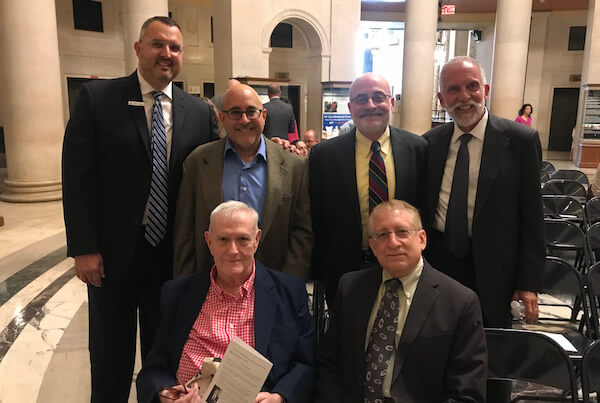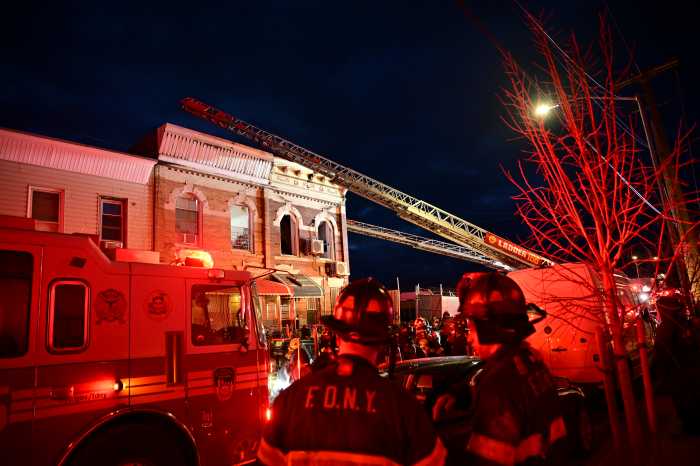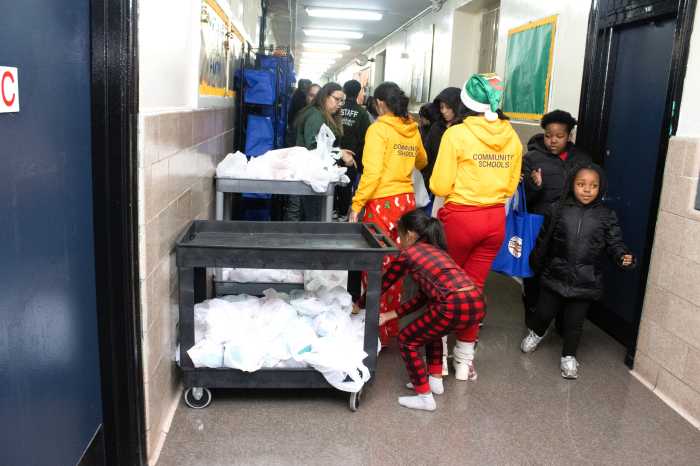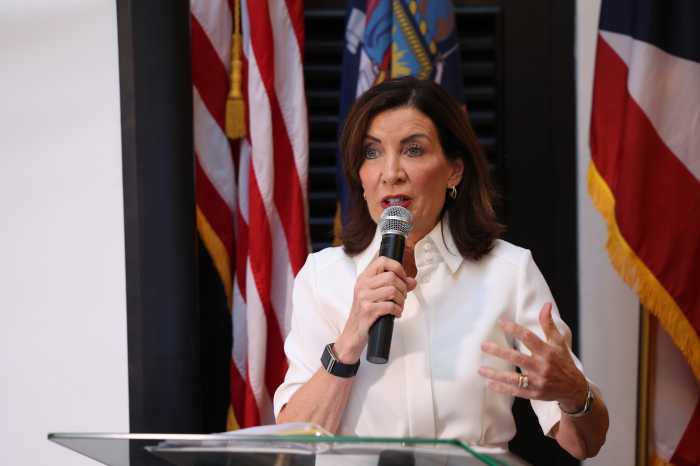In just the latest in a series of cases dating back more than a quarter century grappling with questions about parental standing within unmarried same-sex couples, a New York State appellate court has revived a lawsuit by Kelly Gunn, who is seeking joint custody of a child adopted by her former partner, Circe Hamilton.
On June 26, a five-judge panel of the Appellate Division’s Manhattan-based First Department reversed an April dismissal of the case by Supreme Court Justice Frank Nervo, who had found that that despite her close relationship with the child, Gunn was not a “parent” under New York’s Domestic Relations Law and so lacked “standing” to sue for custody or visitation.
The unanimous appellate panel, in an opinion by Justice Judith J. Gische, found that Gunn should have another chance to call on the court’s “equitable powers” to recognize her relationship with the child.
Some background on New York courts’ treatment of same-sex parent issues is in order. In 1991, the state’s highest bench, the Court of Appeals, in Alison D. v. Virginia M., established an unfortunate precedent that only a person related to the child by blood or adoption has standing to seek custody or court-ordered visitation. In the years that followed, the New York courts repeatedly confronted cases of same-sex couples raising a child together but then breaking up, with the birth or adoptive parent resisting their former partner’s attempt to continue in a parental role. The former partners in those cases found no relief from the state’s courts.
Manhattan appeals court open to argument regarding adoption after a breakup
In her dissent in that case, then-Chief Judge Judith Kaye argued the decision failed to take account of the reality of non-traditional families, including those headed by LGBTQ couples, and would ultimately be harmful to the best interests of the children.
That shortcoming in addressing same-sex parenting issues was finally addressed by the Court of Appeals in August 2016, in its decision in Brooke S.B. v. Elizabeth A. C. C., where it focused on a written agreement between two women who had a child through donor insemination and shared parenting responsibilities until the couple split up. There, the high court determined that the second parent should have standing to seek custody or visitation so the court could make a determination based on the child’s best interests.
The court’s opinion in Brooke S.B., written by the late Judge Sheila Abdus-Salaam, was narrow and cautious, tailored to the facts of that case, and leaving open what other theories second parents could pursue to have their standing recognized.
In one case decided shortly after Brooke S.B., the court accepted what is called a “judicial estoppel” theory, because the birth mother had originally sued her former partner for child support, alleging that she had a parental obligation, but later sought to deny the other woman standing to assert parental rights. The birth mother was not allowed to take those two inconsistent positions. In that case, the two women had not made any formal written agreement, but the former partner’s standing was recognized.
Gunn and Hamilton, together beginning in 2004, agreed in 2007 to pursue an international adoption and raise a child together as a family. The plan was for Hamilton to adopt overseas and bring the child home to New York, and that Gunn would then complete a “second parent” adoption. The women’s romantic relationship ended in December 2009, before any adoption had taken place. The following year, Gunn and Hamilton, with the assistance of lawyers, signed a separation agreement dividing up their assets.
Despite this breakup, the women remained friends, and Hamilton continued to pursue an adoption, with Gunn’s encouragement. In the summer of 2011, Hamilton adopted a child, and Gunn, in Europe on business, met Hamilton and the child in London and the three returned to New York together.
Hamilton allowed Gunn frequent contact with the child, with whom Gunn formed an attachment. In August 2016, just as the Court of Appeals was overruling the Alison D. decision in the Brooke S.B. case, Hamilton, a British native, announced she was moving back to England with the child. Gunn quickly sprang into action, filing her lawsuit and seeking a temporary order requiring Hamilton to remain in New York with the child while the case was litigated. Gunn claimed that under Brooke S.B., she had standing to seek joint custody and visitation rights based on the women’s 2007 agreement.
Justice Nervo did not dismiss the case outright and there was a temporary order placed on Hamilton, but after a lengthy trial — during which he reviewed the extensive record of communications between the two women in the period immediately preceding the adoption — he determined that the 2007 agreement had not survived their breakup. By the time Hamilton adopted the child, he found, she was acting on her own. Nervo concluded that Gunn was a friend who had formed an attachment with the child, but not a “parent” within the meaning of the Domestic Relations Law.
The decision proved controversial from the moment it was announced, particularly in light of the judicial estoppel finding the Court of Appeals made in the post-Brooke S.B. case discussed above. Even in the absence of an express agreement, a court could recognize parental standing, according to the state’s highest bench. Gunn argued that this was such a case.
Writing for the Appellate Division, Justice Gische found that this may be the kind of case where the legal doctrine of “equitable estoppel” — based on whether Gunn had assumed a sufficiently parental role toward the child, with the consent or at least acquiescence of Hamilton — is appropriate. While agreeing with Nervo that the couple’s breakup meant the case did not come squarely within the holding of Brooke S.B., the appellate panel found that both sides should have the opportunity to present evidence about whether equitable estoppel applies here.
Should Nervo conclude that Gunn has standing to sue using an equitable estoppel theory, he would then have to consider the child’s best interests. A “guardian ad litem” could be appointed to represent the child’s interests.
Gunn asked to have the case assigned to a different judge, but the Appellate Division declined to do so, without explanation.
Gunn is represented by Robbie Kaplan and her law firm, Kaplan & Company, as well as lawyers from Morrison Cohen and Chemtob Moss & Forman. Hamilton is represented by lawyers from Cohen Rabin Stine Schumann. The LGBT Law Association Foundation of Greater New York submitted an amicus brief to the court, with pro bono assistance from Latham & Watkins, not taking sides between the parties but discussing possible routes for applying the Brooke S.B. case to this new situation.


































